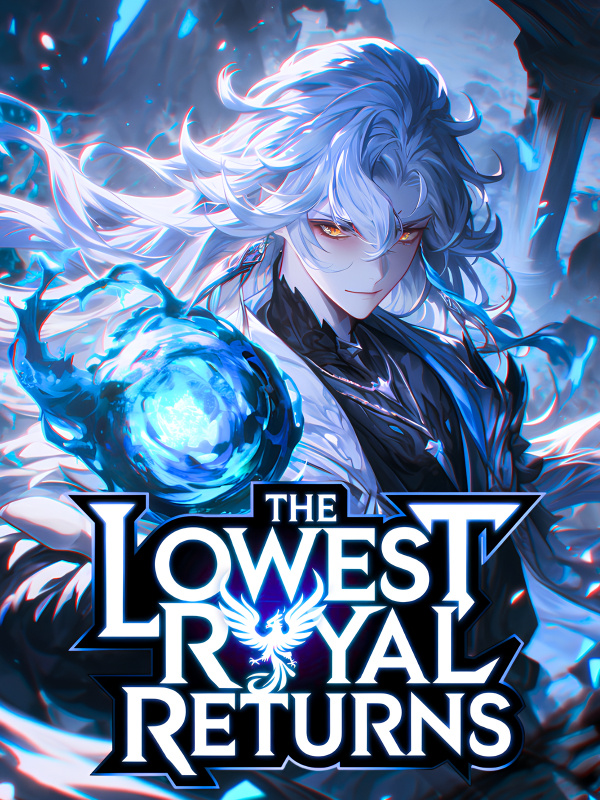MTL - African Entrepreneurship Records-Chapter 177 grazing
Chapter 177 Grazing
After eating, Hornfiss stretched his waist, and then began to pack the equipment, while Maria was cleaning the dishes.
Hornfiss squatted in front of the bed, tied the laces of his riding boots, took out a wooden box from the bottom of the bed, opened the lid, and there was a gun with butter inside, and checked the condition of the gun.
Put on the coat, fasten the belt, check the amount of ammunition, and put it in the pocket.
Then wrapped the gun with a cloth belt, carried it on his back, came to the wall, and took off the straw hat from the wall.
"The water bladder has been filled, and I have put the dry food and raincoat in the bag." Maria handed over a brown leather bag.
Hornfiss kissed Maria on the forehead and said, "Honey, I'm leaving."
Maria snuggled into Hornfith's arms and said, "I'll prepare the dinner, but be careful when you go out, and don't be too anxious when riding a horse."
"Understood, I will be careful." Hornfith promised.
The two walked out of the house together. Hornfiss came to the stable, untied the whip from the stake, held it in his hand, fixed the saddle, stepped on the stirrup and jumped onto the horse's back.
"Wait for me to come back!" Hornfith said to his wife, and then drove the horse to gather with his colleagues.
The village where Hohenfiss lives is not many people, just a dozen households, and soon all the villagers gathered.
The head of the village, Karl, counted the number of people, and after confirming that they were correct, he said: "Go to the cattle pen and drive the cattle out."
The cattle pen is built next to the village, and the scale is not small, with a total of more than 300 head.
Hornfiss and his colleagues opened the cattle pen and drove the cattle out, and a dozen people drove the cattle towards the pasture.
"Drive."
…
East Africa is a large natural pasture. Hohenfis and his team drove the cattle to a place with lush water and grass, and then started grazing.
The cows in northern Kenya are not the batch that Ernst imported from the Netherlands, but native African cattle, which are mainly used as animal power and later eaten, while the Dutch cows are raised in captivity in the coastal area, after all, they are relatively delicate , it's better to be careful.
These native cattle in East Africa were naturally snatched from the indigenous people, and then they were concentrated in the pastures here in Kenya by the East African colonies for breeding.
There are few animals domesticated in Africa, but not without them. For example, domestic donkeys are said to be domesticated from two subspecies of African wild **** in East Africa, Nubian donkeys and Somali donkeys. Today, there are still these wild animals in Somalia and Ethiopia. Donkeys are alive, of course, this is a masterpiece of ancient Egypt, and has little to do with the natives of sub-Saharan.
The source of African domestic cattle is somewhat controversial. There are three theories. Early archaeological research believed that African domestic cattle were not domesticated, but Asian and European cattle were spread through the Nile River Basin and East Africa (Somali Peninsula).
In the late twentieth century, the archaeological community began to propose that African domestic cattle were domesticated from African native bison.
Later, there was a claim that the western desert of Egypt was the third place of origin of cattle domestication. Of course, Ernst tended to the theory of multiple domestication. After all, there are records of domestication of cattle in many parts of the world (except America, Australia, and Oceania).
No matter what, the existing domestic cattle in these East African regions are now the spoils of East African colonization.
In addition to African domestic cattle, there are also a group of African zebu in the East African colonies, which were mainly brought to East Africa from the Indian peninsula by Arab and Indian merchants in the Middle Ages. They are distributed in many places in East Africa and Central Africa.
Currently, in East Africa, the two are mixed and grazing in the grasslands of northern Kenya.
Throughout northern Kenya, the number of registered cattle in the East African colonies is currently around 130,000. There are also many cattle raised in other areas of the East African colonies, but the scale is not as large as in northern Kenya, and they are mainly used as animal power.
Hornfiss was riding on the horse, observing the surroundings. Although the East African colonies have carried out extermination activities on large wild animals in northern Kenya many times, it is inevitable that there will be fish that slip through the net.
So cowherds such as Hornfiss are armed to graze to deal with emergencies.
Before the development of East African colonies, the number of cattle in East Africa was much larger than it is today, but the number of cattle in East Africa itself was not large. For example, the Sultanate of Zanzibar, the Kingdom of Buganda and other large farmers were only driven away by East Africa. Most of the important assets were taken away when they fled.
These domestic cattle in the East African colonies mainly come from nomadic peoples on the grasslands of East Africa, such as the Maasai and other nomadic peoples. After robbing their assets, some of them were turned into slaves by East Africa, and some were driven west by East Africa.
In addition to domestic cattle, there are a large number of African wild buffaloes in East Africa, but wild buffaloes are not seen in East Africa. In the early days, they were used as rations by East African immigrants. After the development of food cultivation, the problem of food for immigrants was solved, and African wild buffaloes were reduced to Like lions, hyenas and other wild beasts, most of them were killed in the developed areas of East Africa, and now they are only active in the Serengeti grasslands, the Great Rift Valley of East Africa, Mount Majaro or other remote forests.
It was the end of the rainy season, and the sky gradually started to rain lightly. Hornfiss and others put on raincoats. This kind of light rain season is when the water plants are luxuriant and suitable for grazing, so the raincoat is a must-have item.
The life of grazing is relatively boring in general, but it is also relatively leisurely, especially for grazing in fixed areas such as East Africa. Cattlemen do not need to travel around like cowboys in the American West, because East Africa does not have a huge consumer market like the United States.
At the same time, the current cattle herd in East Africa is not large, and the export has not had much effect. In recent years, it has mainly been breeding cattle.
I don’t know how long it took, the light rain stopped, and it was almost noon. Karl invited everyone to sit around and have lunch.
"Oh, I really want time to pass by quickly. I miss home the most every day when I eat big pancakes. Village chief, don't you come from the Far East? Tell us the story of your hometown!" Shu Bo, a young man from Bavaria Te said.
That’s right, the village head Carl is a Chinese. Although his name sounds completely European, it was actually created in Europe. He was an early student at the Military Academy in Hechingen. Later, he was sent to Berlin because of poor spoken English. Gradually, he learned a pure Berlin accent.
Carl seemed to recall the days in the Far East, and said, "Tell me about my hometown! The climate there is very similar to that of East Africa, but its life is similar to that of Europe. It is also an endless wheat field, and each village has a lot of people. .
But in our village, the houses are very different from those in Europe, and the roads are similar to those in East Africa. Before coming to Europe, I had hardly seen a city. I grew up in a village since I was a child, and I only saw a city once before being brought to Europe. What does it look like? On the day I went to sea for the first time, the team leader told us that the port city is called Jiaozhou, which is a big city in the Far East, and I went to Europe from there..."
"Village chief, don't talk about Europe! We are mainly interested in the Far East. My wife heard that it is from your place, so I want to hear more about the situation in the Far East." Schubert said.
"The Far East is very big. I don't know if your wife and I come from the same place. Later, I saw the world map in Hechingen. Our place is almost as big as the whole of Europe. The languages of many places may be different. At that time, I Many classmates and I come from the same place, but I can’t understand the dialect of many people. It’s probably the same as German and French. How do I know which province your daughter-in-law is from, and I didn’t go to school in the Far East, I only remember me I don’t know much about the old village name and the place where Jiaozhou went to sea, and many places in the Far East, so I heard some place names when I listened to the village opera, but I don’t know where those places are.” Carl said.
Maybe, these villagers will never know that their wife and Karl are not from the same country. They only know that the wife is from the East, but where exactly? In this closed era, if you have not studied knowledge and culture, you will not be able to figure it out for the rest of your life.
Even Karl knows what his country looks like through the world map of the Hechingen School. Many rural people may have never been to the county town once in their lives, and they have been trapped in the countryside all their lives.
The wives of the villagers come from all over Southeast Asia. They are as ignorant as before Carl went to school, and they may not even know where their country is.
(end of this chapter)





![Read The Royal Military Academy's Impostor Owns a Dungeon [BL]](http://static.novelbuddy.com/images/the-royal-military-academys-impostor-owns-a-dungeon-bl.png)

